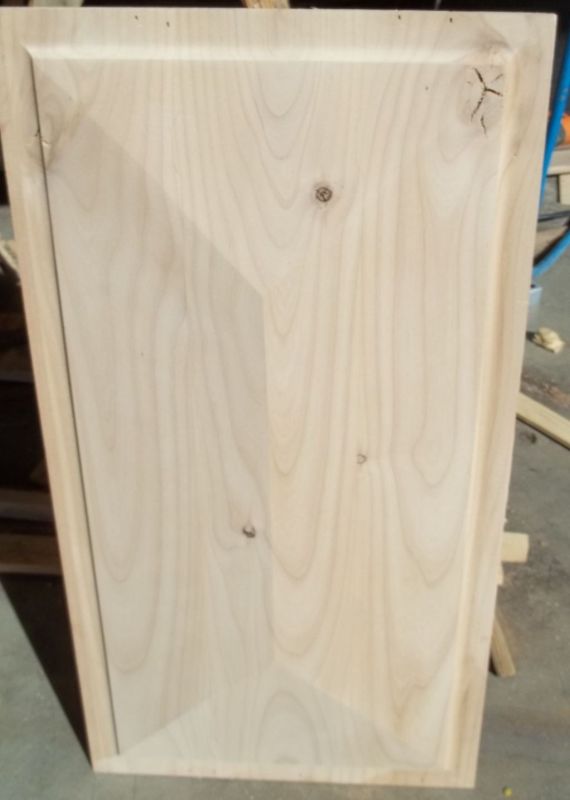Question
We will be starting to machine a large job of melamine panels this week. We have a pretty good handle on machining melamine, but I am wondering if anyone moves their cutter in Z while cutting and if it adds to the life of the insert cutter or if it just dulls a larger surface quicker.
Forum Responses
(CNC Forum)
From contributor T:
I use diamond for most of our melamine cutting. Usually get about 4 to 6 weeks out of a tool. It can also run way faster than typical insert type tooling. I run it at 14 meters/minute at 18000 rpm.
If your feeds and speeds are good, you should be cutting a few units of material before needing to change a normal carbide tool, if you are ramping in and out of the material as you should be.
If you can't get the feeds and speeds to have good to great tool life, maybe you can't run at high feed rates for whatever reason, insert tooling can be helpful and cost effective. If this is the case, you would probably be better off to go with a pair of 1/2" insert tools. If you rotate the cutting edges (and the bodies to speed things up) before they are too worn, you can cut a lot of parts with a set of inserts and 2 cutter bodies. The 2 cutter bodies just speed up the process of changing or rotating the cutter inserts. Actually, the insert tool works pretty well all the way around for many. The turn around time for sharpening is quick. ;)
If you are experiencing chips in the surface, consider tool stay down nesting where the tool enters the material one time and connects part to part without lifting up. I saw this recently in a demo and it definitely decreased cycle time and increased tool life.
